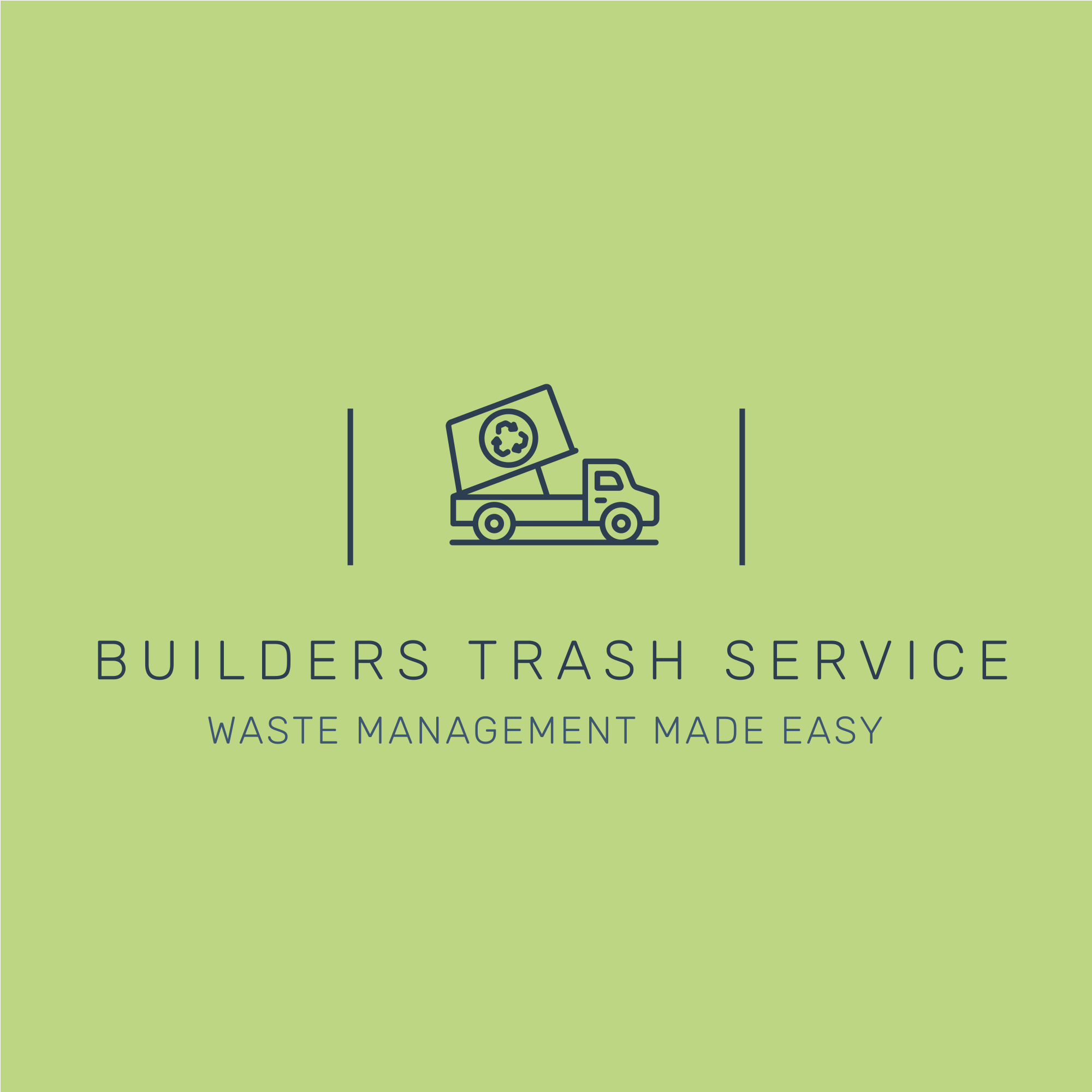No matter the size of your project, there are really just three options on how to deal with C&D waste. Every project creates waste. Even a new build will have packaging, wrapping, and waste materials that need to be removed.
Professional contractors know that handling waste is more than simply a throw away concept; proper waste handling can make the job go more quickly and even generate a little revenue.
The first step to calculate is how much waste you’re going to have. Your options may be limited if you have a lot of waste.
How much waste will you be generating?
The typical project generates about 155 pounds of waste per square foot. This can add up quickly. It’s nearly 2000 tons for a 25,000 square foot home or office. If you’re taking down a large concrete building, you might have even more weight and volume than that.
Even new constitution creates debris. You’ll find that you create about 4 pounds of waste per square foot. If you take down and rebuild a 25,000 square foot building, you’re creating about 2100 tons of waste. This adds up quickly when you start on larger buildings.
How are you dealing with the waste?
If you look at our article on creating a waste management plan <link>, there’s much more than simply dumping everything into a landfill. You should donate, sell, or reuse everything you can. Next, you need to recycle as much of whatever’s left.
The actual amount of waste that’s going to the landfill should be as little as possible.
What kinds of C&D waste will you produce?
If there’s a lot of recyclable waste, which these days is most of it, you can put it all together.
For waste that includes a lot of asphalt, concrete and other heavy materials, you’ll need to make different arrangements. Even these items are being recycled and reused.
Three ways of dealing with C&D waste:
There are really three ways of dealing with C&D waste. Each has its advantages and disadvantages. The right choice will often be based on your budget, or more precisely, your clients’ budget.
A local guy with a truck –
This is the low-budget option for minor jobs. There are lots of local providers who are usually one person with a pickup or flat-bed truck that will pick up waste and go to the dump for you. This is a cheap option, but not viable for a project of any size. It also has the disadvantage of not providing you with great documentation. The fear is that the waste will end up in a field somewhere so the guy can keep the dump fees you’re going to pay him.
Do it yourself –
This is the route that many smaller contractors choose. If it’s a small project, you can plan to throw everything in one of your trucks or on a trailer and haul it to the dump. While this will save you money, it’s also extra time and work on the job for you and your crew.
This is not a viable option for larger projects. You will want to keep your own people on the job, not running back and forth to the landfill. Some larger contracting companies have purchased their own dumpsters and hired their own drivers who handle all the job site waste, but that level of construction is beyond most businesses.
Hire a local waste disposal company –
This is the wisest option in most cases. They can provide you with complete documentation, handle everything safely, and ensure that your waste goes where it’s supposed. This will cost you more than the guy with the truck. It might not be cost-effective on tiny jobs, where a simple pickup or trailer will be good enough. Still, for peace of mind and so you can focus on the work at hand, explore having a small dumpster for the project.
Look for companies that recycle. You can use this as a marketing tool for your clients, letting them know that their construction waste won’t be going into a landfill. It’s also just a nicer thing to do for the planet.
Handling the costs of removal
This should go without saying, but the cost of removal of waste should be built into your estimate for the project. Too often, smaller companies won’t include it as a line item and will run back and forth to the landfill to cover the costs.
As soon as you have an estimate of the scale of the project, get iron-clad offers from waste management companies. Those can be incorporated into your estimate.
Using the numbers above, you can estimate the volume and weight of what you’re going to be discarding. If you’re not sure, your local roll-off dumpster company should be able to help you come up with a solid estimate based on the size and nature of the job.
While it’s obvious that if you’re on the website for a waste removal company, we’re going to recommend our services, it usually is the very best option. Just as you hire finishing carpenters to do the finish work and roofers to do roofing, hire experts to handle your C&D waste. We know what to do with it. We can handle it more efficiently. Bonus: We even have the means to recycle or reuse the materials to give your customers a better feeling about the job.
If you have questions or simply can’t decide, call Builders Trash Service in the Columbus, Ohio, area. 614-444-7060. Our team will help you decide what to do.
